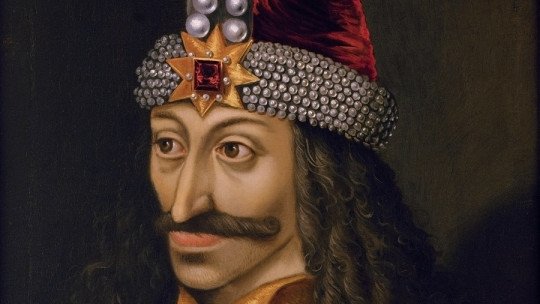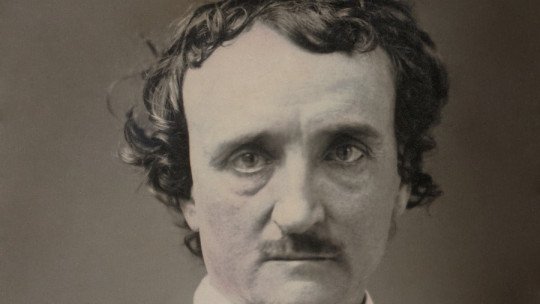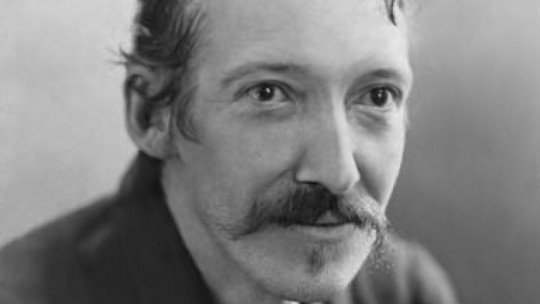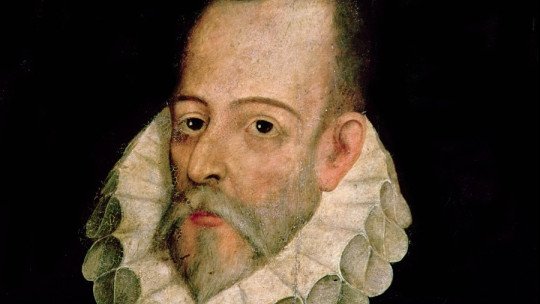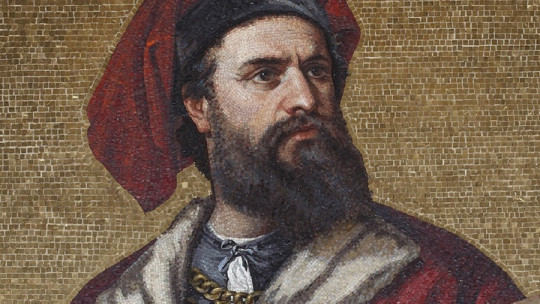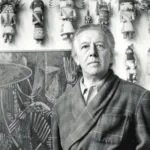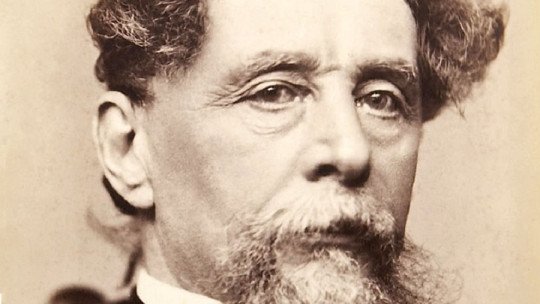In 1897, in the midst of the revival of the Gothic or horror story, Dracula by Abraham ‘Bram’ Stocker (1847-1912) appears, the novel that definitively establishes the character of the Romanian vampire thirsty for blood and revenge. Although the plot contained enough elements to delight an audience eager for dark and terrifying stories, the work did not achieve the expected success. It was not until the first decades of the 20th century that, thanks to the film versions made of it, the story of Dracula achieved international fame.
A few centuries before, however, the legend of the sinister character who impaled his enemies and ate among their corpses (drinking their blood is an “invention” of the writer) had spread throughout Europe. After the appearance of the printing press, numerous books appeared that explained in detail all the atrocities committed by Vlad III Draculea, a prince of Wallachia who had passed down to posterity for his fierce fights against the Ottoman Empire and its various Christian adversaries.
In this biography of Vlad Tepes we immerse ourselves in the fascinating story of Vlad the Impaler the historical character hidden behind the literary Dracula.
Brief biography of Vlad Tepes, the impaling prince
In Hispanic countries he is known as Vlad the Impaler, translation of its name in Romanian, Vlad ţepeş, Vlad Tepes. The disastrous nickname arose from the bloody actions that this prince of Wallachia, in what is now Romania, committed during the 15th century, a turbulent time for eastern Europe. Why did it receive this name? What is true in the legend? Join us on this journey through the fascinating story of Vlad III Draculeathe impaling prince.
The “son of the Dragon”
The biography of Vladislaus (Vlad) Draculea It is not understood without knowing what the situation in the Balkans was at the beginning of the 15th century. Let’s get situated; To the east, the Ottoman Empire pushes relentlessly to expand throughout Europe. The Christian states, frightened, try by all means to confront it. Especially important in this enterprise is the kingdom of Hungary, due to its proximity to the Turkish border, which has its personal center of operations in Wallachia (in modern-day Romania). Thus, the principality ruled by our character’s father is a war zone, disputed by both Hungarians and Ottomans.
In the midst of this maelstrom, the kings of Hungary try to gain the support of the Vlachs, in the same way that the Ottoman Turks try to attract the princes of the region to their favor. It is in this delicate context that Vlad is born, on an unknown date that we can place between 1428 and 1431. His father is Vlad II Dracul, prince of Wallachia, who has received the appellation of the Order of the Dragon , a brotherhood of knights of Hungarian origin whose mission is to stop the advance of the Ottoman Empire and protect the Christian faith in Eastern Europe. In this way, Dracul’s son receives the name Vlad Draculea, that is, the “son of the Dragon.”
Game of Thrones
As can be deduced, the principality of Wallachia is in a position that can be both advantageous and detrimental. Because The Hungarian forces depend on the support of Vlad II Dracul, and the same can be said of the Ottoman army Wallachia is, therefore, a key player in the power game that is the Balkans of the 15th century, but that does not mean that its situation is extremely delicate. It is literally between two fires.
To all this we must add that the Hungarians are Catholic Christians, but the Vlachs follow Slavic and Greek Orthodoxy. These differences, as well as the different power strategies, will characterize the dynamics of the region throughout the century, and Vlad Tepes will not remain indifferent to it.
We know little about our character’s childhood. What is certain is that he remained for many years at the Ottoman court, as the sultan’s hostage. According to sources, both Vlad and his brother Radu were well treated by the Turks, and even shared education and games with the sultan’s son and heir, the future Mehmet II.
Political instability and consequent intrigue cause his father, Vlad II Dracul, to betray his alliance with the sultan and take a stand with the Hungarians. This decision endangers the lives of his two sons who, as hostages of the Ottomans, may be executed. However, it seems that Vlad did not bear any grudge against his father, since, once seated on the throne of the principality of Wallachia, he dedicated himself to eliminating the boyars (that is, members of the local nobility) who had conspired. and assassinated Vlad II.
Of infinite cruelty
This is how the Italian chronicler Antonio Bonfini defines Vlad Tepes, in his Pannonian History, published in 1495, more than twenty years after the impaler’s death. Indeed; By the end of the 15th century, stories about Draculea’s brutality have transcended the borders of the Balkans
There is talk of more than two hundred boyars executed along with their families during Easter 1459, shortly after Vlad regained his father’s throne, as well as many others converted into slaves. On the other hand, privileged minorities were always the target of Vlad’s “purges.” the Impaler; Especially fierce was his persecution of the Saxons, who had fiscal privileges and freedoms. Vlad III took it upon himself to change the situation and, in addition to loading them with exorbitant taxes, began a massive subjugation of the Saxon population of Wallachia.
The Catholics of his territory were also the object of his persecutions, since we must not forget that the bloodthirsty prince was Orthodox.
Tired of so many humiliations, the Saxons, supported by the Hungarians, conspire against him , and Vlad is forced to abandon power in Wallachia. However, he will still reign in the land of his ancestors twice more, supported by those who overthrew him the first time.
three times prince
Although his objectives in terms of internal politics varied (although he always opted to persecute foreign minorities to empower local ones), Vlad III’s great enemy was the Ottoman Empire, for which he never offered forgiveness or quarter. Perhaps the resentment that he had nurtured since his time as a hostage had a lot to do with all of this, something difficult to understand if we consider that both he and his brother Radu were treated like true princes.
It was precisely against this brother, known as Radu the beautifulagainst whom Vlad Tepes established a bitter rivalry in his last years of life It appears that Radu had converted to Islam and allied himself with the Turks. The Vlach nobles also approached Radu, so Vlad III had lost his major internal support. King Matthias Corvinus of Hungary, who had initially sided with him against the Turks, also changed his preferences and joined the conspiracy. Vlad III was captured and taken to a Hungarian prison.
However, on the game board that the Balkans represented at that time, nothing was definitive. In 1475, Matías Corvino decided to turn against the Turks again after the truce expired, and freed Vlad Tepes to begin a campaign against the empire. For the third time, Vlad Draculea becomes prince of Wallachia. This will be the last time he holds power.
The man and the myth
It is not known with certainty when our character died; It could have been in December 1476 or, at most, in January of the following year. We do know how: during the campaign against the Turks, which Vlad had started in favor of Hungary. It is also unknown where his remains are found; All of this only fueled the myth that arose after his death.
The historical figure merges, then, with rumor and legend Because, although there are reliable documents of his cruelty (such as the report that was sent to Pope Pius IV in which it is stated that Vlad had murdered 40,000 people), it is no less true that the bloody events were exaggerated over time. . Some of them were directly invented, probably spurred on by his enemies, eager to leave a negative image of the prince for posterity. History is full of these types of “testimonies”.
On the other hand, in Romania, his native land, Vlad III was for many years a kind of “national hero”, fueled by the “golden” legend by the romanticism of the 19th century; a character who supposedly fought for his Romanian homeland and faced all the enemies who tried to “appropriate” it, which includes both Hungarians and Ottomans.
Where is the truth? Certainly not in Bram Stocker’s novel. Vlad III Draculea He was not a vampire returned from the dead, but he was probably neither the hero of the Romanian chronicles nor did he execute all the crimes that his detractors attributed to him. Maybe, as always, the truth is in the middle.

